Say Song Goh, Amos Ron, Zuowei Shen9789812709059, 9812709053
Table of contents :
CONTENTS……Page 6
Foreword……Page 8
Preface……Page 10
1. Introduction……Page 14
1.1. Subdivision in computer graphics and geometric modeling……Page 15
2.1. Subdivision curves……Page 16
2.2. Subdivision surfaces……Page 22
3. Overview of Subdivision Schemes……Page 27
3.1. Classification of subdivision schemes……Page 28
3.2. Loop scheme……Page 33
3.3. Catmull-Clark scheme……Page 35
4. Modified Buttery Scheme……Page 37
4.1. Doo-Sabin scheme……Page 39
4.2. Midedge scheme and other non-integer arity schemes……Page 40
4.3. Comparison……Page 41
5. Smoothness of Subdivision Surfaces……Page 43
5.1. Cr-continuity and tangent plane continuity……Page 44
5.2. Universal surfaces……Page 45
5.3. Sufficient smoothness criteria……Page 47
6.1. Functional spaces on surfaces……Page 50
6.2. Manifold structure defined by subdivision……Page 51
7. Conclusions……Page 53
References……Page 54
1. Introduction and Properties of Hamilton-Jacobi Equations……Page 60
2.1. Monotone schemes on structured rectangular meshes……Page 62
2.2. Monotone schemes on unstructured meshes……Page 66
3. High Order ENO and WENO Schemes on Structured Rectangular Meshes……Page 68
3.1. High order ENO schemes……Page 69
3.2. High order WENO schemes……Page 71
4. High Order WENO Schemes on Unstructured Meshes……Page 74
5. High Order Discontinuous Galerkin Schemes on Unstructured Meshes……Page 83
6. High Order Strong Stability Preserving Runge-Kutta Time Discretizations……Page 86
7. A Few Numerical Examples……Page 90
8. Concluding Remarks……Page 98
References……Page 99
Theory and Computation of Variational Image Deblurring Tony F. Chan and Jianhong Shen……Page 106
1.1. Linear blurs……Page 107
1.3. Nonlinear blurs……Page 109
2. Illposedness of Deblurring……Page 110
3. Tikhonov and Bayesian Regularization……Page 111
4.1. 2-D stochastic spatial signals……Page 113
4.2. Stochastic signals as random generalized functions……Page 114
4.3. Filtering-based deblurring……Page 115
4.4. Optimal Wiener ltering……Page 117
4.5. Connection to the Bayesian/Tikhonov method……Page 118
5.1. TV deblurring by Rudin, Osher, and Fatemi……Page 119
5.2. Dealing with bounded image domains……Page 120
5.3. Existence and uniqueness……Page 122
5.4. Computation and examples……Page 123
6. Parametric Blind Deblurring……Page 125
6.1. Parametric modeling……Page 126
6.2. The AM algorithm……Page 127
7.1. General formulation of blind deblurring……Page 128
7.2. Double-BV blind deblurring model of Chan and Wong……Page 129
7.3. On the uniqueness: Hidden symmetries……Page 130
7.4. The existence theorem……Page 132
8. Deblurring Besov Images via Iterated Shrinkage……Page 133
8.1. Wavelets and Besov images……Page 134
8.2. Besov image deblurring via iterated shrinkage……Page 135
8.3.1. As semi-implicit time marching……Page 137
8.3.2. Via augmentation and auxiliary variables……Page 138
Acknowledgements……Page 139
References……Page 140
1. Introduction……Page 144
2. Model for Data Hiding……Page 146
3.1. Spread-spectrum codes……Page 148
3.2. LSB codes……Page 150
4. Binning Schemes: General Principles……Page 151
5.1.1. Original QIM……Page 153
5.1.2. Distortion-compensated scalar QIM……Page 154
5.2. Sparse QIM……Page 155
5.3. Lattice-quantizer index modulation……Page 157
5.3.1. General construction……Page 158
5.3.2. Practical codes……Page 159
6. Probability of Error……Page 160
6.1. Binary detection……Page 161
6.1.1. Spread-spectrum modulation……Page 162
6.1.2. Scalar QIM……Page 163
6.2. Modulo additive noise channel……Page 164
6.3.1. Spread spectrum modulation……Page 168
6.3.2. Scalar QIM……Page 170
6.3.4. Large deviations……Page 171
7. Data-Hiding Capacity……Page 173
7.1. Finite alphabets……Page 174
7.2. Gaussian channels……Page 176
8. Capacity of Constrained Systems……Page 178
8.1. Capacity of scalar QIM systems……Page 179
8.2. Capacity of sparse QIM systems……Page 180
8.3. Parallel Gaussian channels……Page 182
9. Desynchronization Attacks……Page 183
10. Data Hiding in Images……Page 184
11. Authentication……Page 185
References……Page 186
1. Introduction……Page 190
2. General Concepts……Page 192
3. Steganographic Security……Page 194
4. Steganographic Capacity……Page 198
5. Techniques for Image Steganography……Page 201
5.1. Spatial domain embedding……Page 202
5.2. Transform domain embedding……Page 203
5.3. Model based techniques……Page 205
6.1. Technique specific steganalysis……Page 207
6.1.1. Raw images……Page 208
6.1.2. Palette based images……Page 211
6.1.3. JPEG images……Page 212
6.2. Universal steganalysis……Page 213
7. Conclusion……Page 216
References……Page 217
1. Introduction……Page 222
2.1. The datamodel……Page 227
2.1.1. Example: The random shopper……Page 229
2.1.2. Example: Multiple shopper and item classes……Page 232
2.2. The size of itemsets……Page 233
2.3. The itemset lattice……Page 235
2.4. General search for itemsets and search for rules……Page 241
3. The Apriori Algorithm……Page 242
3.1. Time complexity – Computing supports……Page 243
3.2. The algorithm……Page 246
3.3. Determination and size of the candidate itemsets……Page 248
4.1. Apriori TID……Page 261
4.2. Constrained association rules……Page 263
4.3. Partitioned algorithms……Page 267
4.4. Mining sequences……Page 269
4.5. The FP tree algorithm……Page 271
References……Page 274
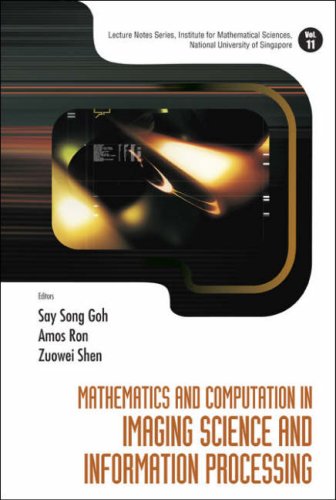
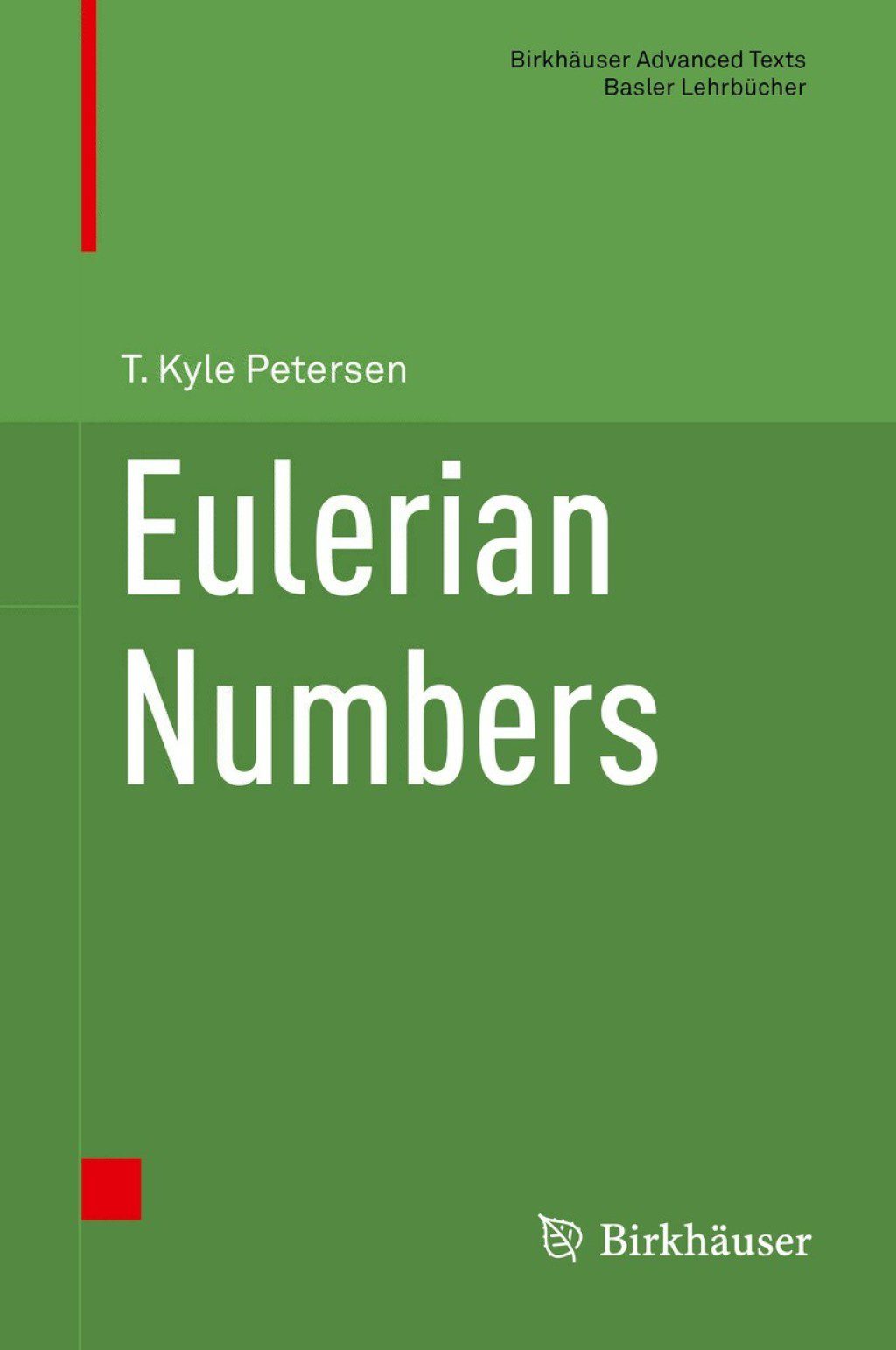
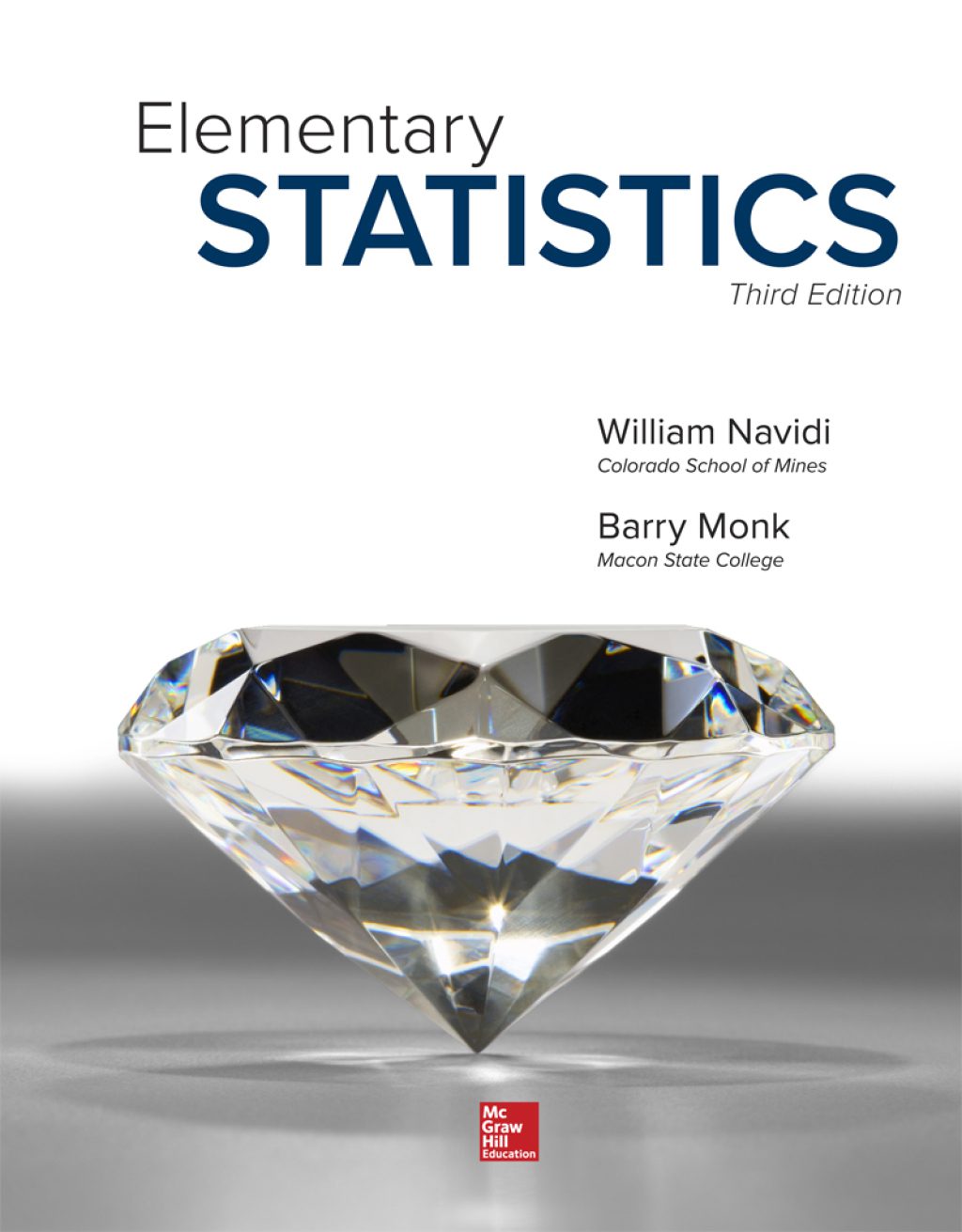
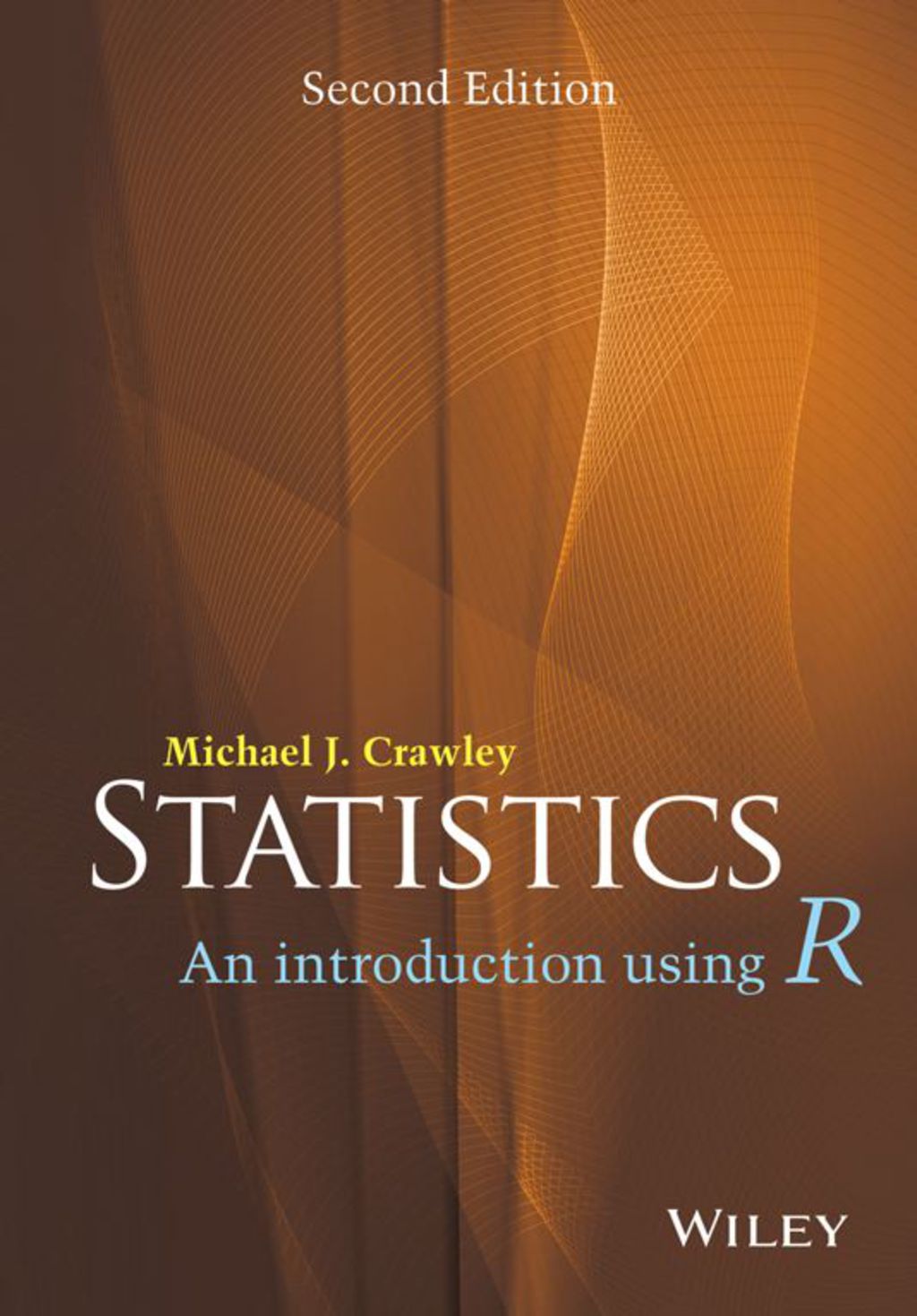
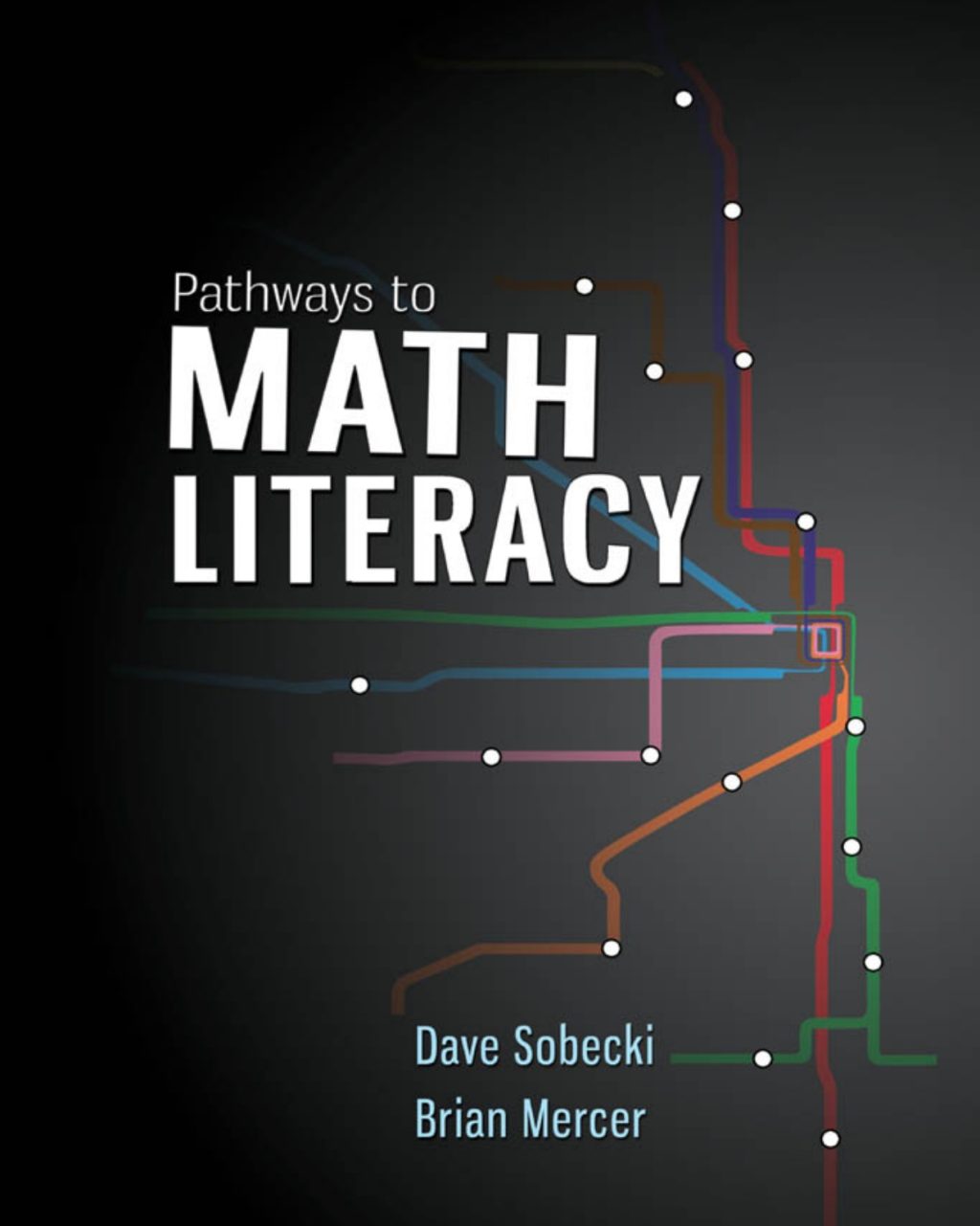

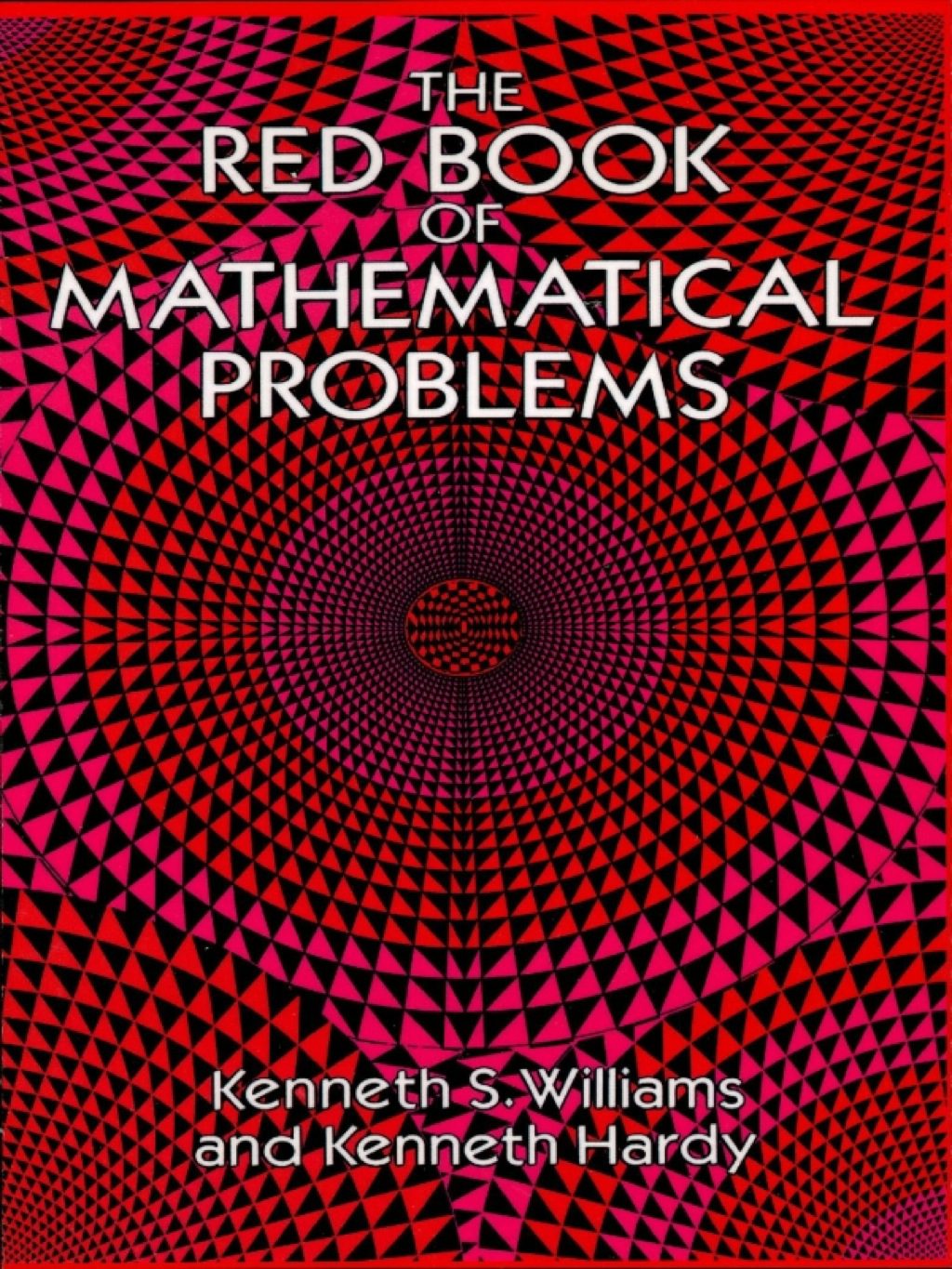
Reviews
There are no reviews yet.